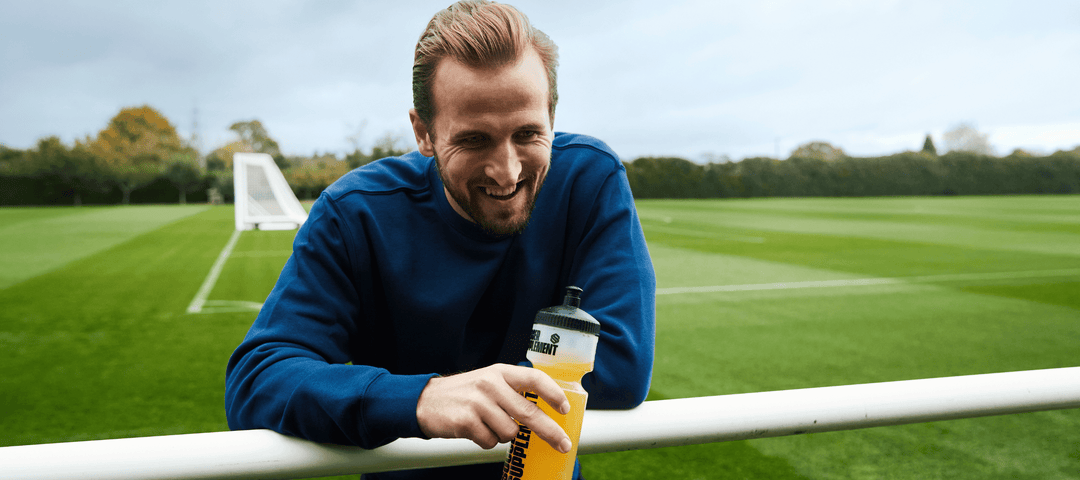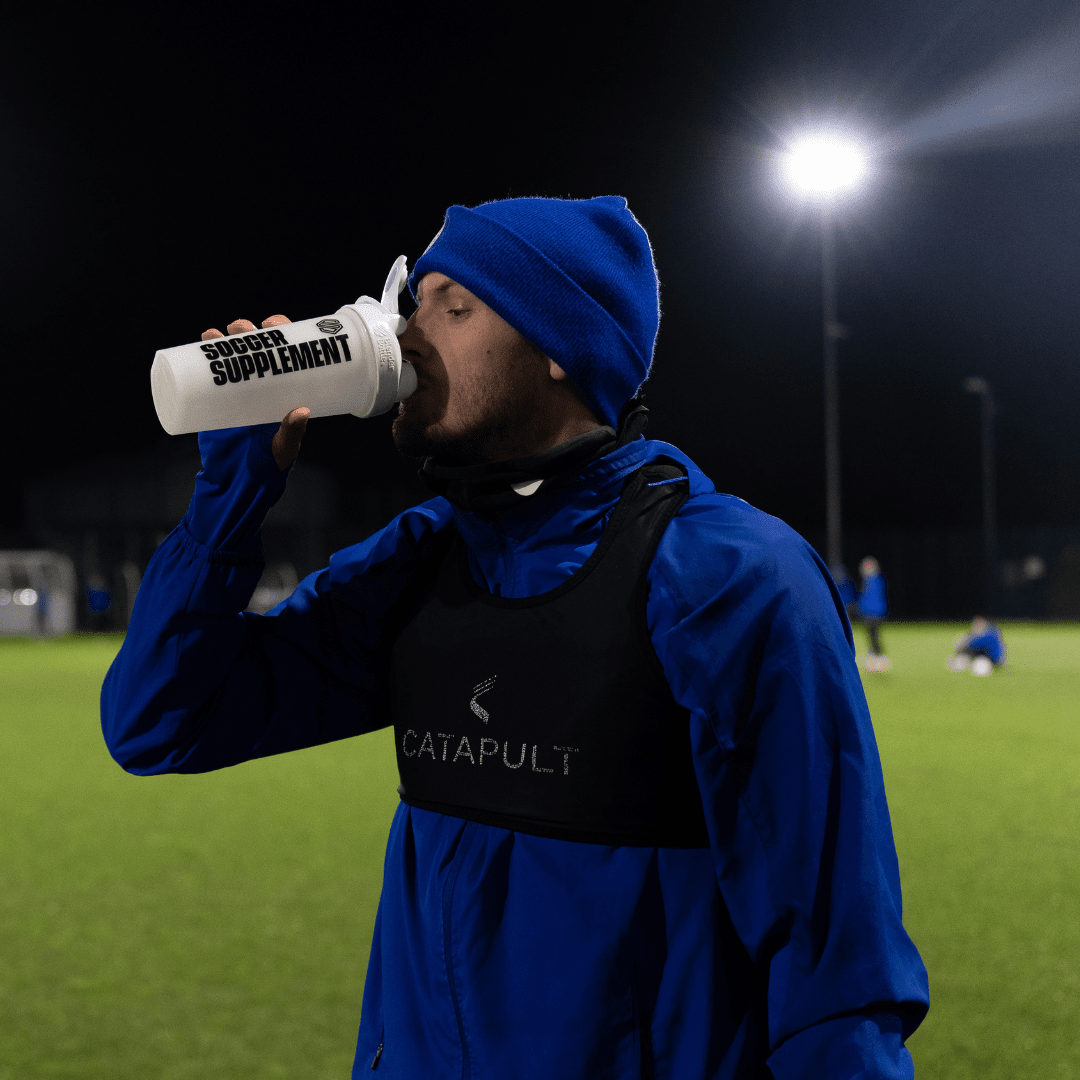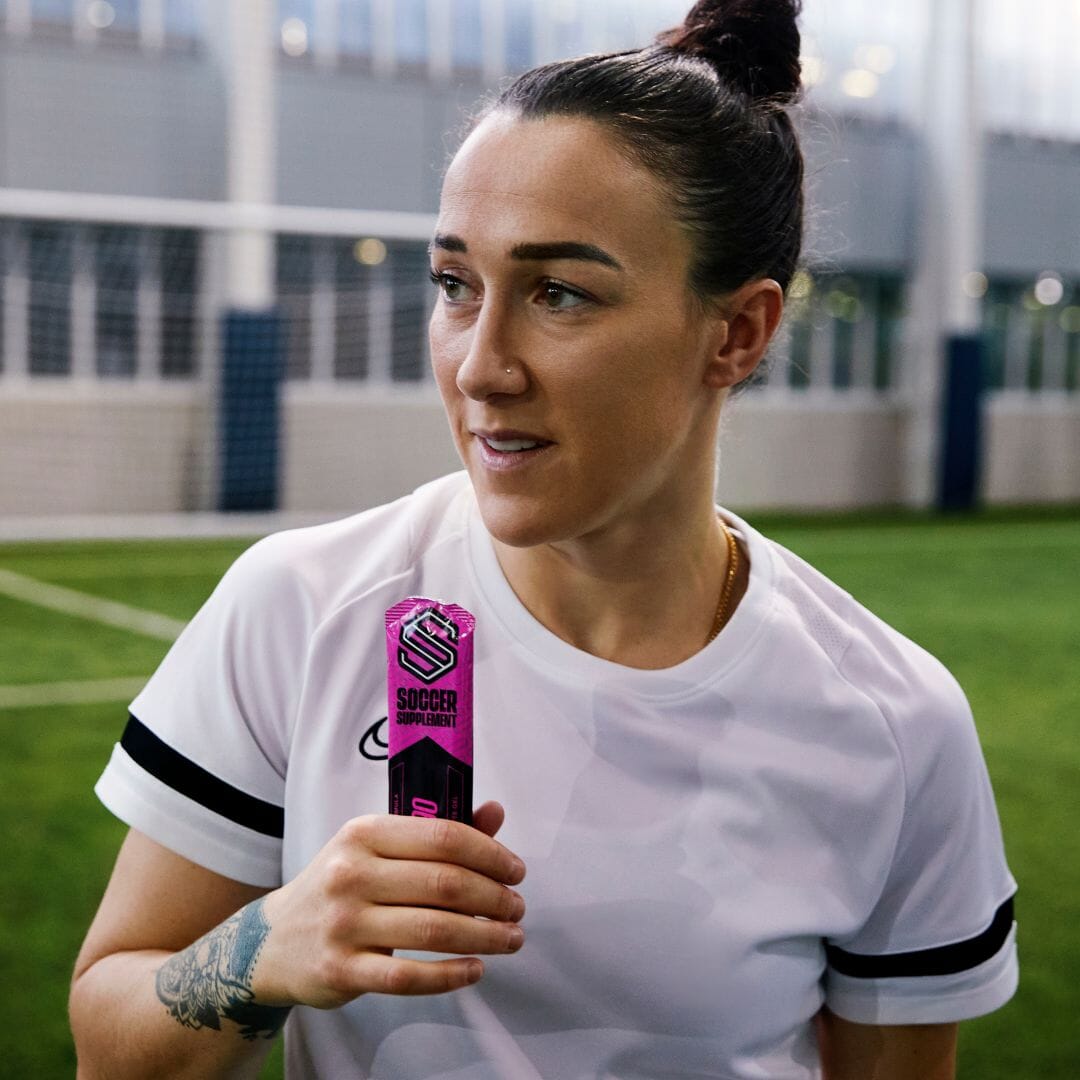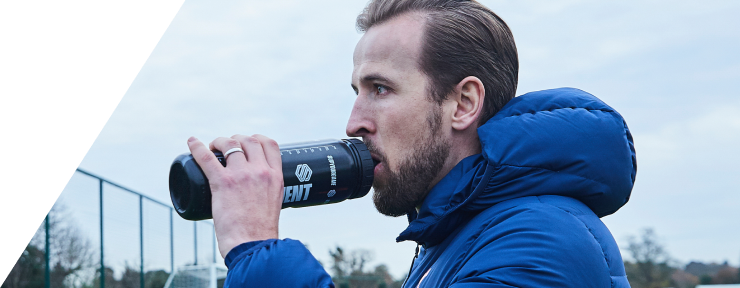In recent weeks we have been investigating some of the preventative measures we can put into place before an injury occurs and some rehabilitation examples for when an injury has unfortunately taken place. If you have not read part one, the ankle, then do so HERE; likewise, if you are not caught up on article number two, the knee, then do so HERE!
In part 3 we are going to tackle the hip, another complex and multi-faceted part of the body that we need to try and protect. Now, for the sake of this article we will concentrate (mainly) on the groin area.
Pain, inflammation and more serious injuries within the groin and pubis area can be caused by weaknesses and/or muscular imbalances throughout the hip complex. Common injuries in the groin area for footballers can include (with wide ranging severity) adductor strains, hernia’s, stress fractures and avulsions to name only a few!
The groin area is often something that can get overlooked within gym programmes. Many of us squat, lunge, Romanian Deadlift (RDL) etc – how many of us actively programme in exercises for groin strength? As a result, we shouldn’t necessarily be shocked when our groins ‘let go’ when we are shooting, striking cross field balls or contesting ’50:50’ challenges.
Our normal go-to when we run into issues is to stretch, stretch and stretch. Mobility and length are a key part of the puzzle, however lengthening something that doesn’t have strength through the range which you give it, is not a great idea. Think elastic band, it stretches and stretches until tears appear, small to begin with, but with more and more stretching the band will ultimately break! That is why we need to identify movements that can help to develop our groin’s resiliency!
Prevention Training
To understand why training your groins to become stronger and more robust requires slightly different exercises to that we might be used too, we need to understand why the groins are slightly different. The body has three ‘planes’ of motion, the sagittal plane which is the plane of motion in which we complete squatting, lunging and deadlifting patterns in (think back to front).
The transverse plane is all things rotation; so, this is exercises like woodchops and Russian twists. The frontal plane, which is what we are interested in, is when the body moves sideways. Our groin’s need movement within the frontal plane to acquire the necessary strength for changing direction, striking the ball and jockeying when defending!
An easy way to do this is using lateral lunges, a variation that helps to strengthen and lengthen the groins. That said, it is a difficult exercise to execute initially; especially for those with poor mobility. Using a dumbbell in a ‘goblet’ position can be helpful to assist your body in maintaining an upright torso and not compensating through excessive forward lean. Another great movement for groin strength is an exercise called the ‘Copenhagen’ exercise. As the title would suggest it was developed by researchers in Copenhagen. It focuses the attention of our effort on the groin through isometric contractions which can aid in the reduction of excessive DOMS (Delayed Onset of Muscle Soreness). This can be extremely helpful for those with multiple matches per week or particularly hectic training schedules.
Rehabilitation Training
The rehabilitation process requires (like all injuries do) due care and attention to make sure that the injured structure, in this case the groin, is as prepared as it can be heading out of rehabilitation. As ever, stage one is regaining your range of motion, given its location and (when healthy) range of motion it is arguably somewhat more awkward to achieve than that of the muscles around it, namely the quadriceps and hamstrings. To get things quite literally moving, this could simply mean rotating your leg in and out when sat on a chair. Before progressing onto a lateral leg lift when standing etc – hopefully you see the point here, as soon as you are able to get it moving pain free then do so.
Stage two is about beginning to load the injured groin with certain movements, these are likely to start of being isometric (think sitting down with leg extended place inside of foot against immovable object and push, as hard as you can pain free) movements. Before moving into bodyweight movements such as lateral lunges.
Stage three is where the fun stuff comes, and you can become more aggressive and adventurous with your rehabilitation. Loaded lateral lunges, Copenhagen’s, Football Squeezes (Laying flat on back knees at 90 degrees, squeeze ball between knees) – will together form a good grounding for your groin to start to become tested in more explosive capacities! Important to note; from a footballing perspective you need your groin to be strong and robust, but also your body to still be fit enough to compete, if it isn’t you will be addressing a fresh injury again in no time, so find a way to stay fit when injured!
What has become clear with each of the injury sites that we have investigated throughout this series is the need for appropriate nutrition. Adjusting our nutritional intakes during times of injury, whether that is reducing our intakes in the very early stages of rehabilitation due to diminished activity levels. Or later in the rehabilitation process when our training intensifies and we need to be consuming more calories, this is where our use of supplements can support our daily food intake. Supplements like Whey90 offer lower calorie solutions with plenty of protein to help support muscular hypertrophy in the early stages of rehabilitation. Equally when we are back running, sprinting, strength training and crucially football training with healthy bodies Recover90 offers a more calorie dense solution complete with carbohydrates to help replenish depleted energy reserves.
We hope you have enjoyed this three-part series on the prevention and recovery of injuries. Hopefully themes have appeared throughout, we need our body to be strong, resilient and active! Make sure to keep checking back into our blog for new entries and bag your 25% off new purchases throughout the site now.








